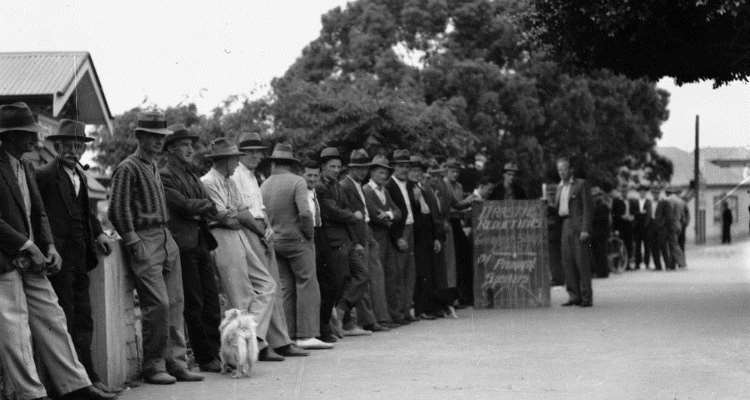This series on Great Movies for Teaching U.S. History, from the Revolutionary War to the Cold War, will publish on consecutive weekdays through May 2. It features films and documentaries inspired by historical events in the United States, including information about their educational value, ratings and appropriateness for children, and how well they represent the time periods covered.
The Great Depression: 1929-1939
The Great Depression follows the second Industrial Revolution and the First World War. It began on October 24, 1929, ‘Black Thursday,’ when the stock market crashed. Unemployment hit a high of 25 percent and people were desperate for work and money. The following films portray several viewpoints and stories from a variety of characters.
Modern Times: 1936
- Available on Netflix
- Rating: NR
- The film won a top 10 award upon its release but is still winning awards as late as 2004
The debut silent film on this list, Charlie Chaplin’s Modern Times, is a satirical look at the Depression Era. Following the events of the second Industrial Revolution, Charlie Chaplin’s character has to change his life dramatically in order to fit in with the new age.
One of the reasons that Chaplin was so famous was his ability to connect with people. While this was a comedy, the scenarios that Chaplin makes fun of were very real. Stealing for survival, communism, finding work, and abandoned children are just a few of the themes the film touches on but mimic the trials that everyday people were facing. The film shows the gap between the very rich and very poor at the time, and the struggles that many people faced.
The film includes some drug references during a prison scene. Some might explain to kids that Chaplin is acting funny because he had too much “sugar.”
[embedvideo id=”n_1apYo6-Ow” website=”youtube”]
I am a Fugitive from a Chain Gang: 1919- 1930
- Rating: NR
- Available on Netflix
- The film was nominated for three Oscars
This is one of the most accurate portrayals of the difficulties Veteran soldiers faced when returning home from World War I. The film is based on the book , ‘I Am a Fugitive from a Georgia Chain Gang’, and the author served as an advisor to the film while he was still a fugitive. The story follows the life of a man who has recently returned from war. He is unable to find work, and slowly sinks into poverty. Events lead him to a chain gang, which he manages to escape.
The story follows the character through many more tribulations common during the time, including many people resorting to thieving or con tricks as a life style because of the lack of work. There is some minor violence in the film, as well as criminal themes mentioned above.
[embedvideo id=”0QvF2FZZftY” website=”youtube”]
The Color Purple: 1909-1940s
- Available on Netflix
- Rating: PG-13
- Nominated for 11 Oscars
Based on the novel of the same name by Alice Walker, the film follows the story of one woman through her life during the Depression Era in the South. The film is inspired by the author’s real family members and some of the living conditions they had to endure through their lives. While the film does focus on one character, it also personifies what African American women as a group went through during this time. The time period is pre-Civil Rights movement, and shows racism between whites and blacks. The greater focus is on how black women were treated by black men. The author worked with the film’s director, Steven Spielberg, and you can hear her response to the film here. There are very explicit themes in this film, and belittling language.
[embedvideo id=”HzGrDgu08r8″ website=”youtube”]
Grapes of Wrath: Late 1930s
- Rating: NR
- Available on Netflix
- The film was nominated for seven Oscars and won two.
Based on the book of the same name, also on the High School K12 reading list.
The film follows the Joad family and a man who’s released from prison and returns to his farm during desperate times. Like many families during this time, they are down on their luck, searching for a better opportunity, and decide to head west. The film focuses on many of the hardships that farm families had to endure during this time. It touches on the social issues, such as alcoholism and poverty, as well as the controversial Hoovervilles that sprung up during the Great Depression. Darker themes presented in the book are excluded from the film and replaced with a happier ending that inspires hope rather than despair.
[embedvideo id=”wYFJmm0aK-8″ website=”youtube”]





































